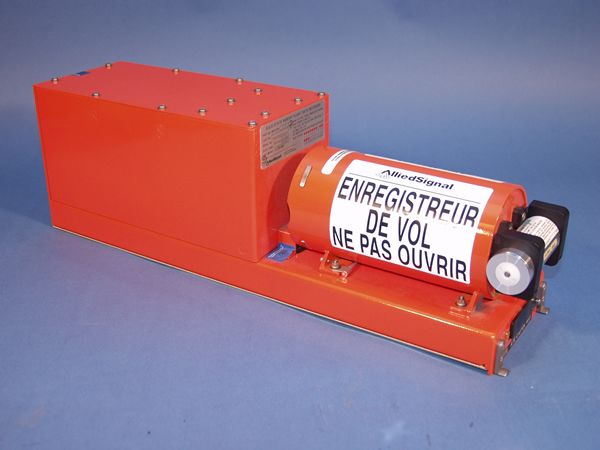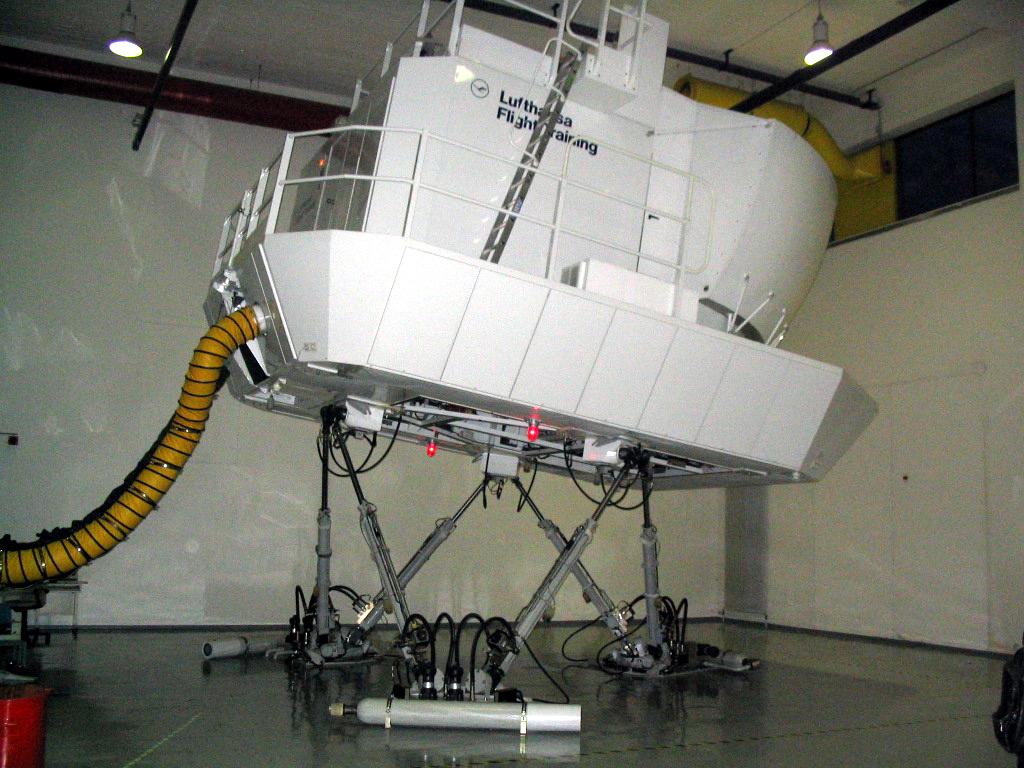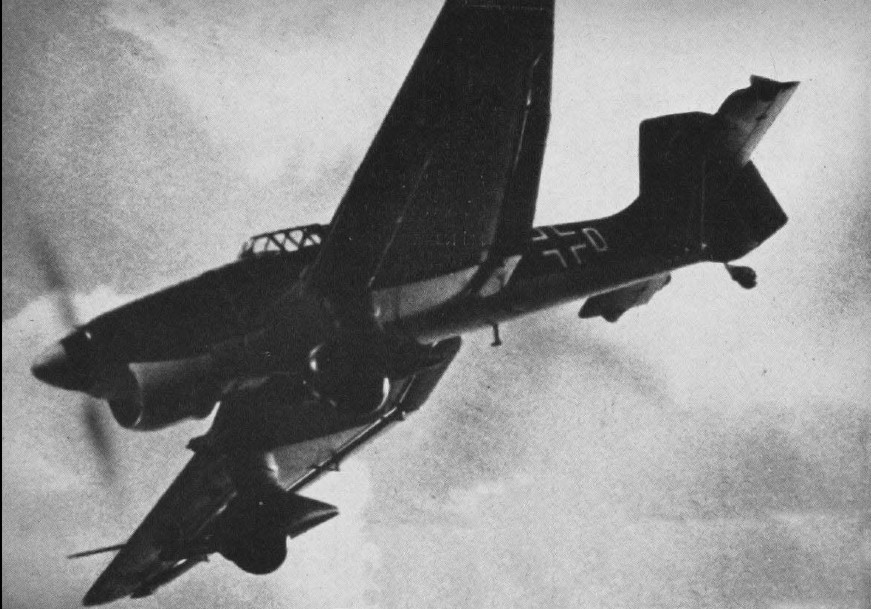|
2012 Mexico Learjet 25 Crash
On 9 December 2012, a Learjet 25 business jet carrying five passengers including American singer Jenni Rivera crashed south of Monterrey, Mexico, minutes after taking off from the city's international airport. All aboard, including two crew members, were killed. The subsequent investigation was unable to determine the cause of the sudden steep descent that led to the aircraft impacting the ground at extremely high speed. Accident The Learjet 25 was chartered to fly Rivera and four others from Monterrey to Toluca, near Mexico City, after she performed a concert at the Monterrey Arena. It took off from Monterrey International Airport at about 3:20am local time on 9 December 2012. Around 15 minutes later, while still climbing towards its assigned cruise level, the aircraft suddenly went into a steep descent and disappeared from radar, crashing to the ground. No distress call was received from the crew. The wreckage was located later in the day near Iturbide, Nuevo León. The a ... [...More Info...] [...Related Items...] OR: [Wikipedia] [Google] [Baidu] |
Iturbide, Nuevo León
Iturbide is a municipality of Mexico, located in Nuevo León. It has an area of 719.2 square kilometers. It is named in honor of Agustín de Iturbide. It is bordered by the municipality of Galeana on the north and west. Aramberri borders it to the south, and both Linares and Tamaulipas border it to the east. Its main economic activities are agriculture and tourism. The nearby municipal government center is San Pedro de Iturbide. Iturbide is near the crash site of the 2012 Mexico Learjet 25 crash On 9 December 2012, a Learjet 25 business jet carrying five passengers including American singer Jenni Rivera crashed south of Monterrey, Mexico, minutes after taking off from the city's international airport. All aboard, including two crew mem .... References External links Municipal website Iturbide, Nuevo León, México.Photographic GalleryVirtual Stroll Municipalities of Nuevo León Populated places in Nuevo León {{NuevoLeón-geo-stub ... [...More Info...] [...Related Items...] OR: [Wikipedia] [Google] [Baidu] |
Flight Data Recorder
A flight recorder is an electronic recording device placed in an aircraft for the purpose of facilitating the investigation of aviation accidents and incidents. The device may often be referred to as a "black box", an outdated name which has become a misnomer—they are now required to be painted bright orange, to aid in their recovery after accidents. There are two types of flight recording devices: the flight data recorder (FDR) preserves the recent history of the flight through the recording of dozens of parameters collected several times per second; the cockpit voice recorder (CVR) preserves the recent history of the sounds in the cockpit, including the conversation of the pilots. The two devices may be combined into a single unit. Together, the FDR and CVR objectively document the aircraft's flight history, which may assist in any later investigation. The two flight recorders are required by international regulation, overseen by the International Civil Aviation Organiza ... [...More Info...] [...Related Items...] OR: [Wikipedia] [Google] [Baidu] |
Aviation Accidents And Incidents In Mexico
Aviation includes the activities surrounding mechanical flight and the aircraft industry. ''Aircraft'' includes fixed-wing and rotary-wing types, morphable wings, wing-less lifting bodies, as well as lighter-than-air craft such as hot air balloons and airships. Aviation began in the 18th century with the development of the hot air balloon, an apparatus capable of atmospheric displacement through buoyancy. Some of the most significant advancements in aviation technology came with the controlled gliding flying of Otto Lilienthal in 1896; then a large step in significance came with the construction of the first powered airplane by the Wright brothers in the early 1900s. Since that time, aviation has been technologically revolutionized by the introduction of the jet which permitted a major form of transport throughout the world. Etymology The word ''aviation'' was coined by the French writer and former naval officer Gabriel La Landelle in 1863. He derived the term from the ... [...More Info...] [...Related Items...] OR: [Wikipedia] [Google] [Baidu] |
Aviation Accidents And Incidents In 2012
Aviation includes the activities surrounding mechanical flight and the aircraft industry. ''Aircraft'' includes fixed-wing and rotary-wing types, morphable wings, wing-less lifting bodies, as well as lighter-than-air craft such as hot air balloons and airships. Aviation began in the 18th century with the development of the hot air balloon, an apparatus capable of atmospheric displacement through buoyancy. Some of the most significant advancements in aviation technology came with the controlled gliding flying of Otto Lilienthal in 1896; then a large step in significance came with the construction of the first powered airplane by the Wright brothers in the early 1900s. Since that time, aviation has been technologically revolutionized by the introduction of the jet which permitted a major form of transport throughout the world. Etymology The word ''aviation'' was coined by the French writer and former naval officer Gabriel La Landelle in 1863. He derived the term from the ... [...More Info...] [...Related Items...] OR: [Wikipedia] [Google] [Baidu] |
Accidents And Incidents Involving The Learjet 45 Family
An accident is an unintended, normally unwanted event that was not directly caused by humans. The term ''accident'' implies that nobody should be blamed, but the event may have been caused by unrecognized or unaddressed risks. Most researchers who study unintentional injury avoid using the term ''accident'' and focus on factors that increase risk of severe injury and that reduce injury incidence and severity. For example, when a tree falls down during a wind storm, its fall may not have been caused by humans, but the tree's type, size, health, location, or improper maintenance may have contributed to the result. Most car wrecks are not true accidents; however English speakers started using that word in the mid-20th century as a result of media manipulation by the US automobile industry. Types Physical and non-physical Physical examples of accidents include unintended motor vehicle collisions, falls, being injured by touching something sharp or hot, or bumping into some ... [...More Info...] [...Related Items...] OR: [Wikipedia] [Google] [Baidu] |
21st Century In Nuevo León
First or 1st is the ordinal form of the number one (#1). First or 1st may also refer to: *World record, specifically the first instance of a particular achievement Arts and media Music * 1$T, American rapper, singer-songwriter, DJ, and record producer Albums * ''1st'' (album), a 1983 album by Streets * ''1st'' (Rasmus EP), a 1995 EP by The Rasmus, frequently identified as a single * '' 1ST'', a 2021 album by SixTones * ''First'' (Baroness EP), an EP by Baroness * ''First'' (Ferlyn G EP), an EP by Ferlyn G * ''First'' (David Gates album), an album by David Gates * ''First'' (O'Bryan album), an album by O'Bryan * ''First'' (Raymond Lam album), an album by Raymond Lam * ''First'', an album by Denise Ho Songs * "First" (Cold War Kids song), a song by Cold War Kids * "First" (Lindsay Lohan song), a song by Lindsay Lohan * "First", a song by Everglow from ''Last Melody'' * "First", a song by Lauren Daigle * "First", a song by Niki & Gabi * "First", a song by Jonas Brot ... [...More Info...] [...Related Items...] OR: [Wikipedia] [Google] [Baidu] |
2012 Disasters In Mexico
1 (one, unit, unity) is a number representing a single or the only entity. 1 is also a numerical digit and represents a single unit of counting or measurement. For example, a line segment of ''unit length'' is a line segment of length 1. In conventions of sign where zero is considered neither positive nor negative, 1 is the first and smallest positive integer. It is also sometimes considered the first of the infinite sequence of natural numbers, followed by 2, although by other definitions 1 is the second natural number, following 0. The fundamental mathematical property of 1 is to be a multiplicative identity, meaning that any number multiplied by 1 equals the same number. Most if not all properties of 1 can be deduced from this. In advanced mathematics, a multiplicative identity is often denoted 1, even if it is not a number. 1 is by convention not considered a prime number; this was not universally accepted until the mid-20th century. Additionally, 1 is ... [...More Info...] [...Related Items...] OR: [Wikipedia] [Google] [Baidu] |
Type Rating
A type rating is an authorization entered on or associated with a pilot licence and forming part thereof, stating pilot's privileges or limitations pertaining to certain aircraft type. Such qualification requires additional training beyond the scope of the initial license and aircraft class training. International Regulation The International Civil Aviation Organization (ICAO) specifies the international personnel licensing requirements, as documented in Annex 1 to the Convention on International Civil Aviation. Which aircraft require a type rating is decided by each country's civil aviation authority, in accordance with specifications outlined by ICAO. ICAO stipulates that: * Type Ratings should be established for aircraft with minimum crew of at least two pilots or when considered necessary by the Licensing Authority * The applicant for a Type Rating must demonstrate the degree of skill required - including all normal flight procedures, emergency procedures, instrument p ... [...More Info...] [...Related Items...] OR: [Wikipedia] [Google] [Baidu] |
Actuator
An actuator is a component of a machine that is responsible for moving and controlling a mechanism or system, for example by opening a valve. In simple terms, it is a "mover". An actuator requires a control device (controlled by control signal) and a source of energy. The control signal is relatively low energy and may be electric voltage or current, pneumatic, or hydraulic fluid pressure, or even human power. Its main energy source may be an electric current, hydraulic pressure, or pneumatic pressure. The Control device is usually a valve. When it receives a control signal, an actuator responds by converting the source's energy into mechanical motion. In the ''electric'', ''hydraulic'', and ''pneumatic'' sense, it is a form of automation or automatic control. History The history of the pneumatic actuation system and the hydraulic actuation system dates to around the time of World War II (1938). It was first created by Xhiter Anckeleman who used his knowledge of engines and ... [...More Info...] [...Related Items...] OR: [Wikipedia] [Google] [Baidu] |
Horizontal Stabilizer
A tailplane, also known as a horizontal stabiliser, is a small lifting surface located on the tail (empennage) behind the main lifting surfaces of a fixed-wing aircraft as well as other non-fixed-wing aircraft such as helicopters and gyroplanes. Not all fixed-wing aircraft have tailplanes. Canards, tailless and flying wing aircraft have no separate tailplane, while in V-tail aircraft the vertical stabiliser, rudder, and the tail-plane and elevator are combined to form two diagonal surfaces in a V layout. The function of the tailplane is to provide stability and control. In particular, the tailplane helps adjust for changes in position of the centre of pressure or centre of gravity caused by changes in speed and attitude, fuel consumption, or dropping cargo or payload. Tailplane types The tailplane comprises the tail-mounted fixed horizontal stabiliser and movable elevator. Besides its planform, it is characterised by: *Number of tailplanes - from 0 ( tailless or canard) ... [...More Info...] [...Related Items...] OR: [Wikipedia] [Google] [Baidu] |
Control Column
A yoke, alternatively known as a control wheel or a control column, is a device used for piloting some fixed-wing aircraft.Crane, Dale: ''Dictionary of Aeronautical Terms, third edition'', page 563. Aviation Supplies & Academics, 1997. . The pilot uses the yoke to control the attitude of the plane, usually in both pitch and roll. Rotating the control wheel controls the ailerons and the roll axis. Fore and aft movement of the control column controls the elevator and the pitch axis. When the yoke is pulled back, the nose of the aircraft rises. When the yoke is pushed forward, the nose is lowered. When the yoke is turned left, the plane rolls to the left, and when it is turned to the right, the plane rolls to the right. Small to medium-size aircraft, usually limited to propeller-driven, feature a mechanical system whereby the yoke is connected directly to the control surfaces with cables and rods. Human muscle power alone is not enough for larger and more powerful aircra ... [...More Info...] [...Related Items...] OR: [Wikipedia] [Google] [Baidu] |
Nosedive (aeronautics)
In aeronautics, a descent is any time period during air travel where an aircraft decreases altitude, and is the opposite of an ''ascent'' or '' climb''. Descents are part of normal procedures, but also occur during emergencies, such as rapid or explosive decompression, forcing an emergency descent to below and preferably below , respectively the maximum temporary safe altitude for an unpressurized aircraft and the maximum safe altitude for extended duration. An example of explosive decompression is Aloha Airlines Flight 243. Involuntary descent might occur from a decrease in power, decreased lift (wing icing), an increase in drag, or flying in an air mass moving downward, such as a terrain induced downdraft, near a thunderstorm, in a downburst, or microburst. Normal descents Intentional descents might be undertaken to land, avoid other air traffic or poor flight conditions (turbulence, icing conditions, or bad weather), clouds (particularly under visual flight rules), to ... [...More Info...] [...Related Items...] OR: [Wikipedia] [Google] [Baidu] |







